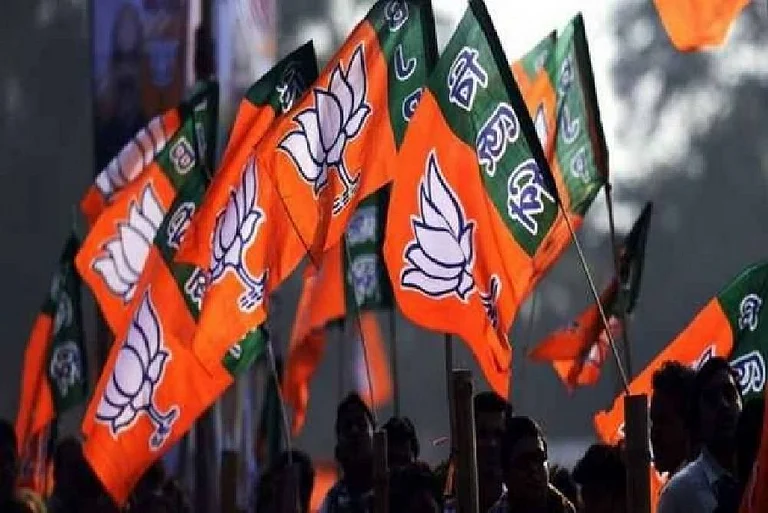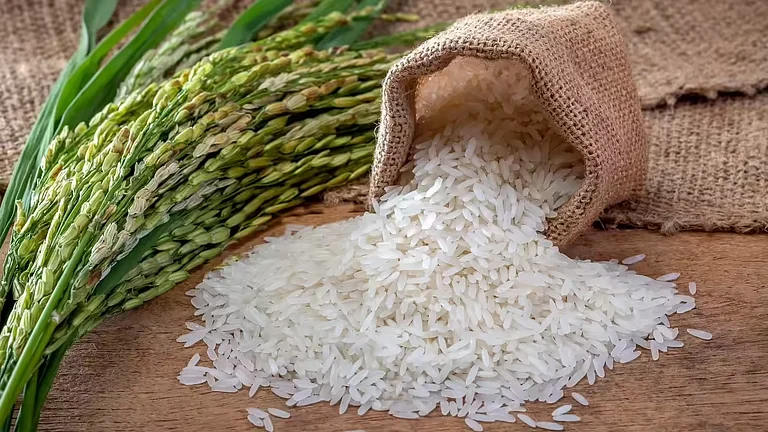Gobi Manchurian, a fusion dish made up of cauliflower florets covered in a spicy red sauce, has long been a favourite among foodies.
However, Goa's Mapusa banned the delicacy from stalls and feasts due to worries about artificial colouring and hygiene.
Mapusa's municipal council passed a resolution last week banning street food vendors from selling the dish, Municipal Council chairperson Priya Mishal told PTI.
"Vendors operate in unhygienic conditions and use synthetic colours to prepare 'Gobi Manchurian'," Mishal said.
A senior FDA official told the news agency that 'gobi manchurian' sellers use a substandard sauce made of a powder that contains extracts of 'reetha'.
Reetha is commonly used in preparations such as shampoo. The dried fruit powder can be used as a foaming agent in shampoo.
The Mapusa Municipal Council is not the first civic body in Goa to declare war on Gobi Manchurian. During the Vasco Saptah festival at the Shree Damodar temple in 2022, the Food and Drug Administration (FDA) directed the Mormugao Municipal Council to ban Gobi Manchurian stall sales. Before this rule, the FDA conducted raids on such stalls in an effort to reduce their prevalence.
Using Synthetic Colours In Food
Synthetic or artificial food colour is a substance added to food or drinks to change their colour. This is done to make the food look more attractive and appealing, and it can also make it seem tastier.
People have been adding colour to food for a long time, but the first artificial food colorings were made in 1856 from coal tar, which is a byproduct of coal processing.
Regulatory bodies, including the US Food and Drug Administration (FDA) and the European Food Safety Authority (EFSA), have found that the dyes pose no substantial health hazards. However, the majority of food dyes are found in harmful processed foods, which should be avoided anyway.
About Gobi Manchurian
Gobi Manchurian is a traditional dish with roots in both Indian and Chinese cuisine. It features fried cauliflower (gobi) tossed in a sweet and spicy sauce (manchurian). There are two versions of this dish: dry and in gravy.
The dry version is often served as an appetiser or bar snack, accompanied by ketchup for dipping. On the other hand, the gravy version consists of cauliflower coated in a thick sauce made with cornflour, served as a main dish with rice on the side.
To prepare Gobi Manchurian, cauliflower florets are coated in a batter and deep-fried until crispy. The batter typically contains water, flour, corn flour, red chilli powder, and seasonings. The sauce is made with garlic, ginger, onions, scallions, soy sauce, vinegar, oil, sugar, and chilli peppers.
Originally, the dish was created by the Chinese community in Kolkata during the time of the British Raj.



























